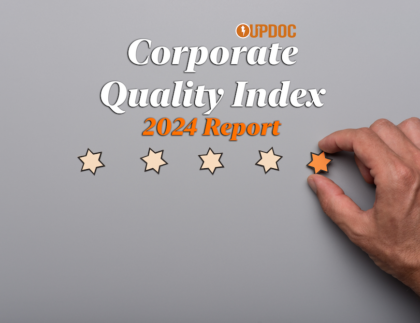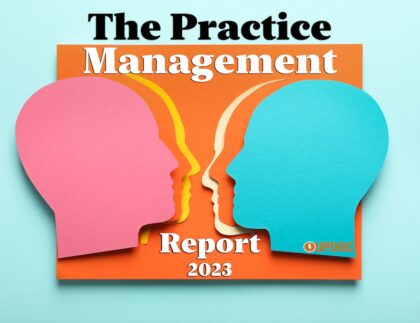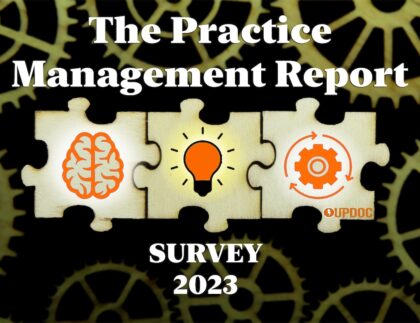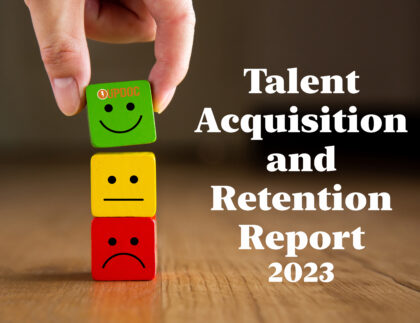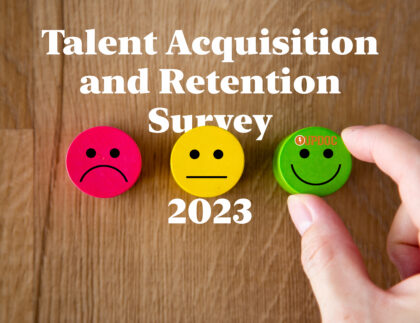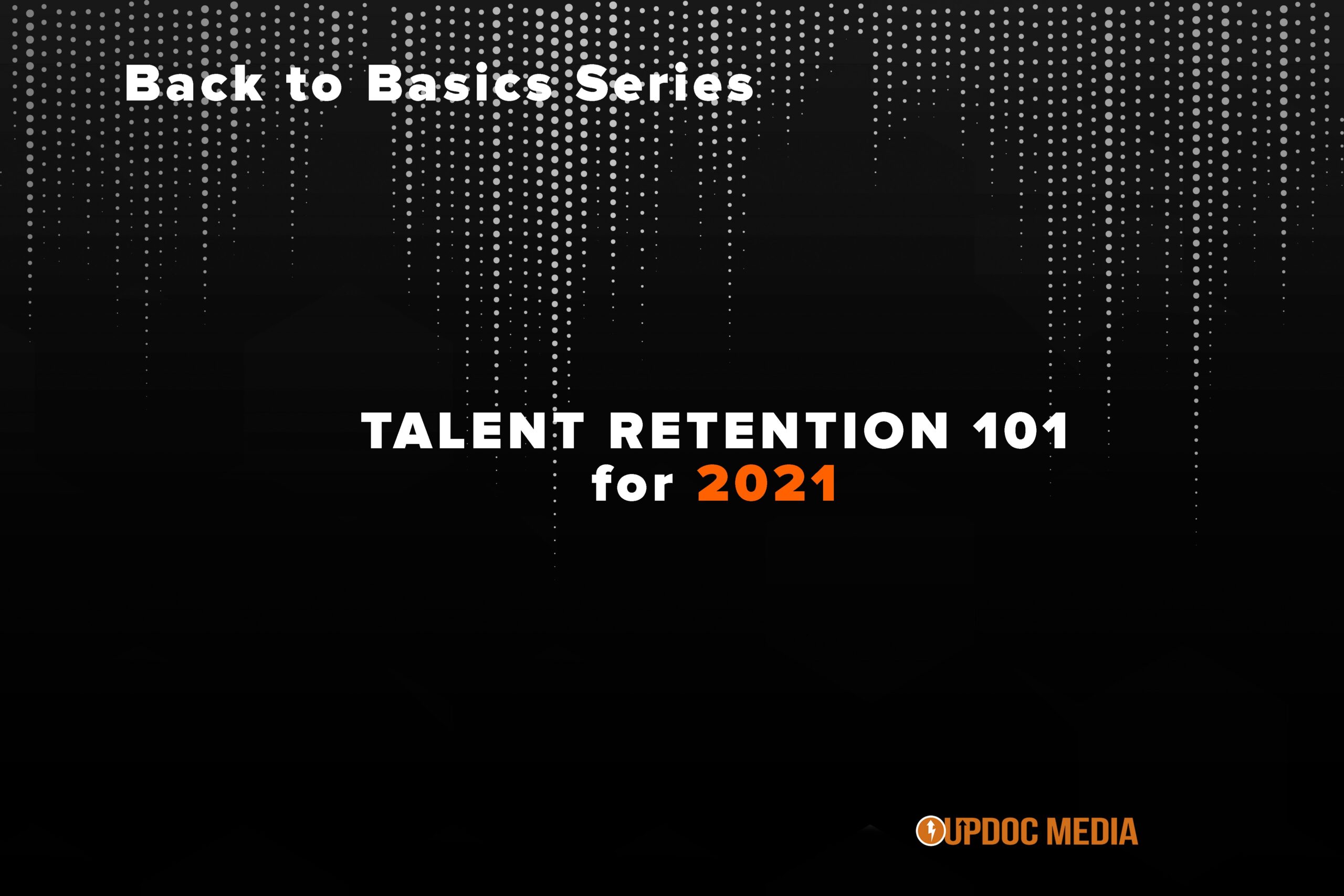
The opening installment of our Summer 2021 Back to Basics series began with Marketing 101 for 2021. This was done with the acknowledgement that it is typically preferable to bolster revenue and cash flows when it comes to priming the pump in optimizing and/or changing a company’s management systems.
In our opening discussions, we also identified in several prior reports that unveiled problems as outlined by industry data; namely, how much talent retention (or, failure thereof) creates compounding costs to any given organization — not just in terms of cost to replace and the holes created in a patient care supply chain — but, the summative loss of talent in terms of human capital.

This point is particularly heavy when one examines the overarching climate within the workforce; most employees believe their employer organization (regardless of intent) does not have the capability to appropriately manage and remove mediocrity from staff ranks... creating a revolving door of problems, as one can quickly imagine.

And, so… just as we began this series with the recognition that companies must first protect their immediate finances, we continue on toward this next installment to address that the foundation required to thrive throughout the 2020s will solidly rely upon a company’s ability to recognize, reward, and retain their most talented employees.
Talent Retention for 2021
Shameless Plug: This is a good time to mention the Corporate Quality Podcast by UpDoc — diving into some of the inner workings of our discussion today.
Moving on: Talent retention is arguably more difficult than talent acquisition. The largest reason for this, is that talent can be quickly attracted toward and hired for any given pay grade so long as the pay is impressively high enough; however, keeping them? That’s a different story. Multifactorial circumstances within and without the workplace tend to be the determining factors of IF talent will stay.
As per the Corporate Quality Index report, “staying” has much to do with the corporate culture of the employer organization.
Talent retention isn’t a game of keeping EVERYONE.
A solid approach to talent retention centralizes on keeping the right people; and, having a pulse on when the right and the wrong people might leave.

Being real about talent retention means a company has a good understanding of what your prospective talent desires within an employer; what will keep them with you for the right reasons and the right amount of time. While we’ve discovered through past Practice Management Surveys and Reports that there appears to be a bimodal distribution of employee tenure — with some companies enjoying 3-5+ years and others struggling to hold onto new grads for 9-15 months — what is common between the averages is this: talent has expressly stated a strong desire for clear career mapping with each organization they join.
There is a premium placed upon having meaningful growth tracks within a company. Too often, “horror stories” are being shared that both new grads and seasoned clinicians alike — all head down the road of a graduate level dead end job.
Tragic.

We’ve seen this with new grads struggling with debt, being low balled from the get-go. We’ve seen this with clinicians with 15+ years of experience, multiple graduate degrees and certifications; also struggling to find equitable employment conditions.
Now, certainly, some can attribute this to marketplace dynamics — something that is hard to deny. Some can also re-examine the causations behind such dynamics, going back to the self-admitted inadequacies by practice managers, corroborated by employee surveys… that corporations of any given size ALL have trouble with Tolerance to Mediocrity.

Like A Weed: Tolerance to Mediocrity creates fertile ground for redundancy, waste, and compounding costs to grow out of control — choking out the good within a company.
Talent Retention Begins With Listening. There’s a unique angle to Business Intelligence which involves smart listening to a company’s workforce. Effectively and openly receiving input, complaints, and suggestions to the company in all aspects can be a difficult, uncomfortable, and sometimes — backwards feeling exercise to many who sit from the manager’s point of view.
When “good,” isn’t good enough.
With such an incredible level of expense found in employee turnover, most contemporary theories behind business management support the notion that active listening must include surveying the organization’s talent pool in a periodic and consistent method — gauging for intention to stay as well as the pros/cons of working for the company.
While employee life cycles commonly revolve around seasonality in terms of time of year and life circumstances, it is also important to understand that many times retention is a game of inspiring the workforce to grow upward or grow into their rules.
Sometimes, this requires management teams to find ways to pay them better; other times, the card to be played is offering flexibility in how the workforce is able to address their work life and workflow autonomy.
One Forward Retaining Key is found in those that leave your organization. Management needs to install meaningful exit interviews and screening processes, in combination with the marketing department; as much as it is an HR situation when turnover is considered, it may quickly turn into a marketing problem in attracting new talent — not to mention, a public relations concern should the separation be in questionable circumstances.
It is no secret to the workforce applicant base which brands of employers treat their people well; and, which brands are known to burn out its employees.
Once again, at this stage, we can quickly appreciate a cyclical problem (or, solution) for employer organizations — on a brand strategy level — to be in good enough standing to attract applicants of high quality.
A final area to consider as far as the initial Talent Retention discussion is concerned is Hiring People Back.
Getting those back which you’ve lost can be a stunning win, especially for those that come back into management and leadership positions.

AND... it's also important to accept that not every turnover is a bad one.
Sometimes the right people LEAVE.

And... sometimes the wrong people leave.
Sometimes, people leave for the right reasons and then they become prime candidates to return with a glorious homecoming — bringing with them everything that they have learned in their temporary absence. This offers both candidate and employer organizations a marvelous opportunity to bring new contributions, under a new tenure — something that can bring a lot of production value to your company, not to mention boost internal competencies and perhaps even new revenue activities.
Closing Thoughts on Talent Retention
Retention begins with listening, empathy, authenticity, and follow through. Without those elements in good order, the talent pool will trust you less and less as an employer — ultimately, one can expect an untimely exodus... either sequentially or en masse.
In the same vein:
- Intelligent Listening.
- Authentic Response.
- Measurable Action Steps.
- Transparency.
- Accountability.
These are the requisite hallmarks, for corporations of any size, in taking meaningful forward movement to rewarding performers, taking due diligence in weeding out mediocrity, as well as gathering proper data from inbound and outbound talent — identifying the career life cycle within the company and amongst your respective regions.
These components comprise the beginnings of forging a solid Talent Retention Strategy; something that involves (at the very least) Operations, Human Resources, and Marketing — all which have necessary and tangible contributions… or, lacking… depending on how your human capital management strategy has been playing out.
In the coming installments, we’ll be covering the stepwise pieces of acquiring and hiring as well as negotiating and orienting talent — something few organizations take advantage of; a certain onboarding process woven into the discovery and due diligence mixture.
If you’re interested in diving further into Talent Retention, take a listen to this episode on our newest podcast: The Corporate Quality Podcast — Episode 3: How To Keep Your Top Employees From Leaving.
Coming Up Next:
- Hiring 101 for 2021
- Negotiations 101 for 2021
Summer Content Series Finale includes:
- Job Market Pulse Summer 2021 UpDate
Corporate Quality Index Summer 2021 UpDate

